The family longest connected with Eachwick were the Akensides. [106] The name of Thomas Akenside, gent., of Eachwick, appears on the list of freeholders in Northumberland in 1628; and immediately to the right on entering Heddon Church is a marble tablet to the memory of "Captain William Akenside of the 14th Regmt. of Foot, son of William Akenside, late of Eachwick, who died 22 October, 1830, aged 49." Mark Akenside, the poet (1721-1770), belonged to this family, of which his father was a younger son settled in business as a butcher in Newcastle, and it was his uncle of Eachwick who bore all the expenses of his education. [107]
|
Cadwallader J. Bates wrote about Eachwick in Heddon-on-the-Wall: The Church and Parish (Archaeologia aeliana v11 p240-294, 1886)
0 Comments
A lady called Jennie Parsons posted the following comment about the blog post, The Spearman Family of Eachwick Hall: I have a number of photographs of Eachwick Hall (interior and exterior) that I do not know what to do with. They were probably taken towards the end of the 19Cth. They were taken by Lyd Sawyer (Singleton House, Newcastle) and are mounted on card. I immediately expressed an interest and Jennie kindly send them over. They arrived by post today (9th February 2013).
In general, I'm more interested in places and the natural environment rather than people. However, I know from the few contacts received that this site attracts most interest from those studying their family history and, when that leads them to Heddon, try to provide whatever help I can. Photos taken from Geograph website and remain © Copyright of their photographers although licensed for reuse under this Creative Commons Licence (click the photos for link) Eachwick was historically one of the six townships making up the parish of Heddon on the Wall. The early history of Eachwick is described on this site and in the history written by Cadwallader Bates in 1886. Eachwick Hall is a fine Grade II* listed building dating from the early 18th century and is described here. There is another photo on Keys to the Past. _ A contact made to the site by a lady called Angela Raby in October 2011 was as follows: R Spearman of Eachwick Hall listed in P O Directory 1879 on your site. Just discovered a WW1 Memorial to Officers who served with their later dates of death, in York Minster! My cousin a Captain is listed there, 1 of 26 officers. His stepfather was John Spearman, with associations to Eachwick Hall and Jersey. John Spearman married in 1908 when my cousin was sent to school in Jersey where the Spearmans also had property. I read your history of the Hall & wondered if there is a link between John Spearman and the Hall. If there is, you might be interested to have a copy of the write up I am doing. I read that the Hall gardens were opened and wondered if the owners would know any details. Thank you Angela I had little to help other than the information already on this site and that from a Google search. I wasn't sure that the current owners were related, but the old directories did show a John Hunter Spearman at Eachwick Hall, although it looked like he took the surname on being left the estate by his friend Ralph Spearman, who died childless and was buried at Heddon. Eneas MacKenzie in his history of Northumberland (1825) added the following footnote to his account for Eachwick: John Gorton, for example, wrote the following in 1833: William Fordyce provided more detail in 1857: Ralph Spearman (1749-1823), as an antiquarian, was following the interests of his cousin, John Spearman of Thornley (1645-1703), notable lawyer and under Sheriff of County Durham. His son, Gilbert Spearman (1675-1738), also a lawyer, published much of their work in An Enquiry into the Ancient and Present State of the County Palatine of Durham (1729)., still cited today. Cadwallader Bates in 1885 didn’t seem to hold Ralph Spearman in any great regard as an antiquarian and historian. "Ralph Spearman of Eachwick acted the part of a great antiquary, so much so that he was erroneously believed to have been the prototype of Sir Walter Scott's ' Jonathan Oldbuck.' It is doubtful, however, whether his learning was even so sound as that of the Laird of Monkbarns. [104] His vanity led him to endeavour to trace his descent and name from the ' lords of Aspramont, a castle and county on the confines of Lorraine and Bar.' His new hall at Eachwick was built entirely for show : being three stories high, with gingerbread battlements, and of great length, though only one room thick. At the time of the window-tax this led to its being rated at a very large sum. Seen from a distance, it quite deceives a stranger by its palatial appearance. Mr. Spearman was so far successful that the neighbourhood still believe that Eachwick belonged to his family for generations. A letter accidentally preserved in the church books at Heddon is a capital illustration of his combined pedantry, liberality, and pride:
In his will he stated that he was determined to follow "the example of Abraham, and to consider his Eleazar as heir to all his house," and consequently entailed his property at Eachwick on his steward Mr.Hunter and his elder sons, on condition of their taking the name of Spearman, with a remainder in favour of his very distant kinsmen, the Spearmans of Thornley, co. Durham. In equity the estate should have gone to Sarah Bell, granddaughter of his great-uncle Charles Bell, and wife of Eobert Clayton, Esq., of Newcastle. His aged sister survived for about four years, and left written testimony of her gratitude to Mr. Hunter Spearman for the way in which she was treated after her brother's death. The entail was not barred, and took effect on the death of the last Mr. Hunter Spearman, to the prejudice of his younger brother who is a land-owner in the township, and continues to bear the name of Spearman. [105] Heddon-on-the-Wall: The Church and Parish by Cadwallader J. Bates M.A. Archaeologia aeliana v11 p240-294 (1886). His paper is available online here. Friends remember him in a more favourable light here: I had also come across a multitude of Spearman memorials during my photographic sessions of gravestones in St Andrew's churchyard. They are numbered 93, 96, 137 & 139. True to her word, Angela Raby unravelled the whole complicated story about the Spearman's of Eachwick Hall and kindly provided me with two detailed pdf documents earlier this year. I don't think she'll mind me including her summaries here. If there's anyone else out there interested in the Spearman family, Angela is the person to contact. The two volumes contain family trees and considerable detail I am unable to go into here. You can only admire someone who has the skills, ability and stamina to sort out the difficult topics that pervade family inheritance. Spearman Family © Angela Raby 2012 Ralph stated that he had selected his heir in the same manner as Abraham who had chosen the natural first son of his concubine to inherit. Might one conclude that John Hunter was a natural son of Ralph? Had this been the case, the entail was unnecessary: it would have been sufficient to leave the estate to John Hunter and his heirs. However the entail stated that, upon the death of John Hunter Spearman, the Manor of Eachwick pass to Robert Reay Spearman named by Ralph ‘my Godson and Adopted son’ .No mention is made that Robert is John Hunter’s son. In fact the penultimate group of beneficiaries is named as ‘the eight Heirs of said John Hunter’: by implication Robert and brother John, although listed with John Hunter’s family of ten, are ‘not of his body’. The ancient rules of entail dictated that the person inheriting must be an ‘heir of the body’ - to preserve the bloodline. This suggests that Robert Reay Spearman was the illegitimate son of Ralph: probably his mother was Ann Hunter née Reay. It would seem that John Hunter was allowed to inherit initially because his son Robert might not be twenty one at the time of Ralph’s demise: a condition of the entail. Unfortunately Robert had no heirs and the entail moved inexorably on to search out three distant Spearman kinsmen. Ralph was related to these three families by a common ancestor born circa 1519—about six generations earlier. [Both fact and fiction weave many plots around the iniquities of entail.] Contemporary writers, unaware of the purpose of the entail, had favoured the Manor being returned to the Bell family since Ralph’s father had inherited through his marriage. There was surprise locally that, following the death of Robert, the Estate did not pass immediately to Richard Spearman his younger brother, farmer, landowner and family man of Eachwick. While researching a John Spearman who married my widowed Great Aunt Mary née Kinsman, it was found that his father, Major Henry Charles Spearman was, ‘Lord of the Manor of Thornley County Durham and Lord of the Manor of Eachwick, Northumberland and Grenville, Jersey’. His grandfather Charles, named as a beneficiary under Ralph’s Will, provided the connection between these two Spearman families. John’s elder son, Lieutenant Colonel Leo Spearman is mentioned in the preface of the book, The Northern Spearmans (1984).
James Losh, an eminent Newcastle lawyer drew up Ralph’s Will according to the rules of entail. By choosing to entail the estate a landowner stipulated that only ‘heirs of his body’, his bloodline, would inherit in perpetuity. To the antiquarian the prospect of ‘his adopted son’ Robert Reay Hunter carrying on his line through subsequent heirs must have been appealing. So appealing in fact that James Losh overlooked advising his client that Robert might not marry and have sons. Ralph Spearman was a bachelor who named Robert a putative son of ‘his friend John Hunter’ to inherit Eachwick. By so doing Ralph announced that this child was an heir of his body and as such could inherit under the entail. Since Robert did not bear the name Spearman he instructed John Hunter to change his surname. Due to the fact that Robert might be underage at his death, Ralph passed the estate first to John Hunter stipulating for his life time only. Had James Losh advised against an entail, and named John then the estate would have passed down through the family of ten children and still be in hands of a former Eachwick [Hunter] Spearman. Fifty three years after Ralph’s death, Robert Reay Spearman died a bachelor and the Manor of Eachwick was lost to the local Spearman family in preference for a retired Major living in Jersey, Channel Islands. Major Henry Charles Spearman inherited at Eachwick from Ralph Spearman when Robert Reay Spearman died without heir. John a son of Henry, married Mary Kinsman, the Great Aunt of the writer. Mary had previously been married to Great Uncle Henri and had two sons by him, Oscar and Eric Gustavus. John and Mary had two sons, Leo and Robert. Leo Spearman born 1904 is mentioned in the book, The Northern Spearmans, by Charles Richard Spearman. The author, in the preface acknowledges his debt to Lt Col Leo Spearman. Leo Spearman and his half brothers attended Victoria College, Jersey. They all had careers in the military: Eric Gustavus is remembered in the Chapel of West Yorkshire Regiment at York Minster on the 1914-1918 War Memorial. Photos received with thanks from Jennie Parsons (2013). More can be seen in Old photos of Eachwick Hall on the Blog. Update and photo Henry Charles Spearman from Mark Galvin 28 August 2013 Here he is, the only known photograph of my great-great-great grandfather! |
AuthorAndy Curtis Archives
July 2024
Categories
All
|

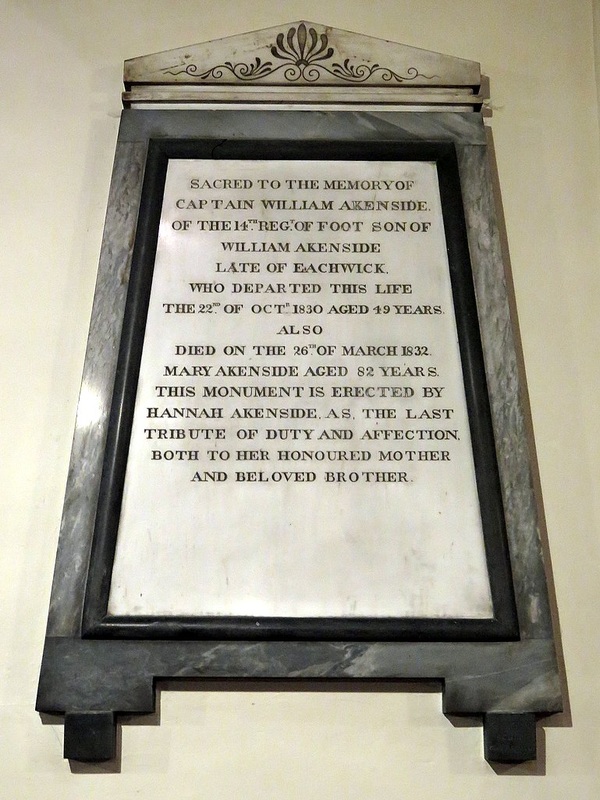
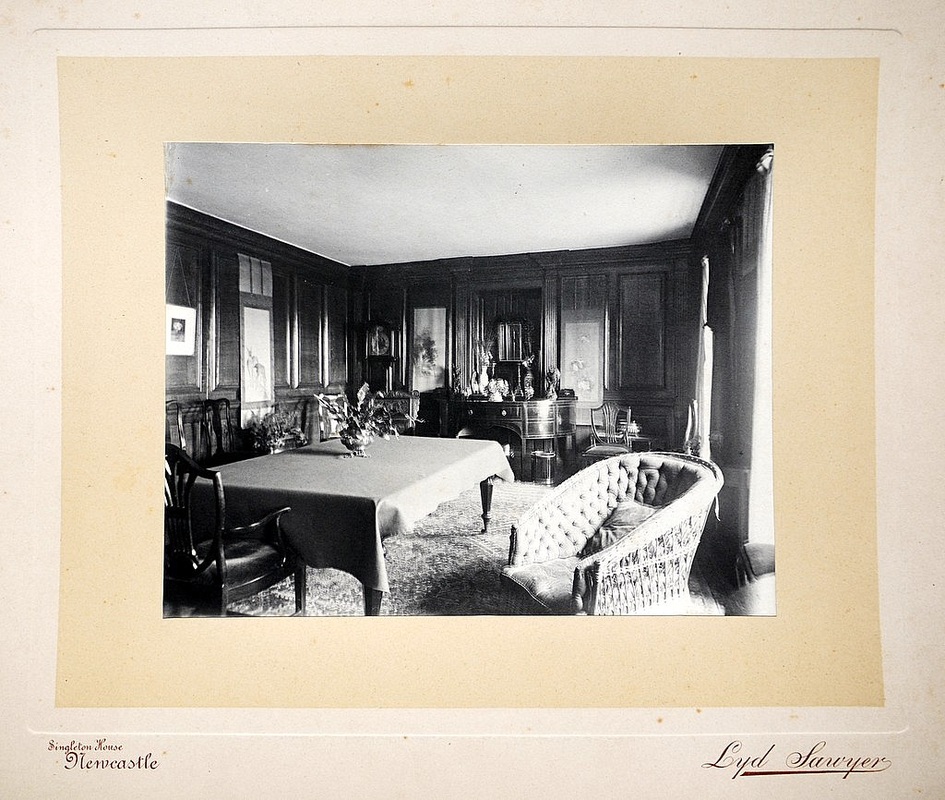
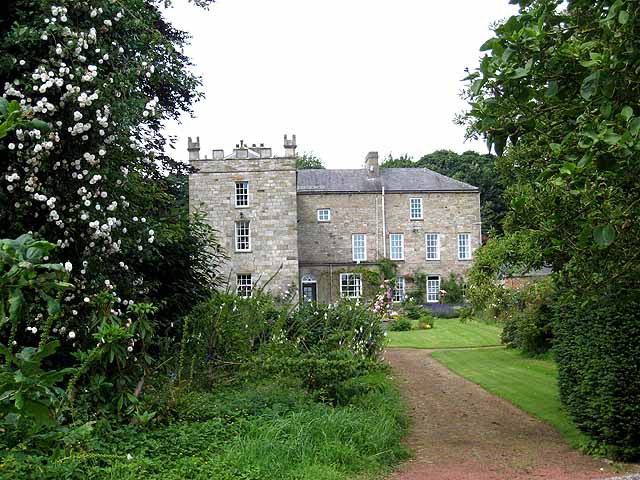
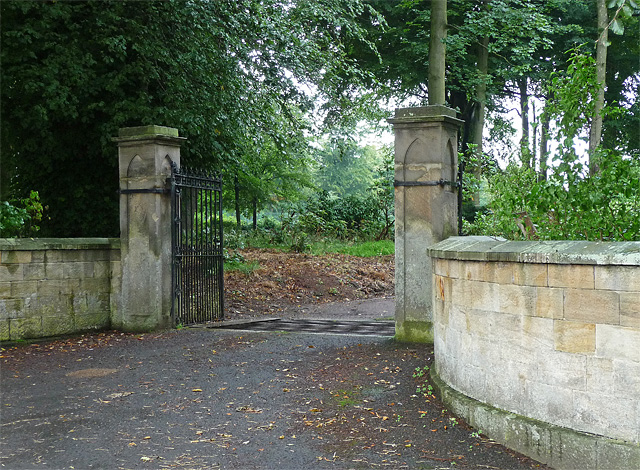



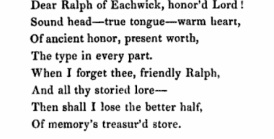
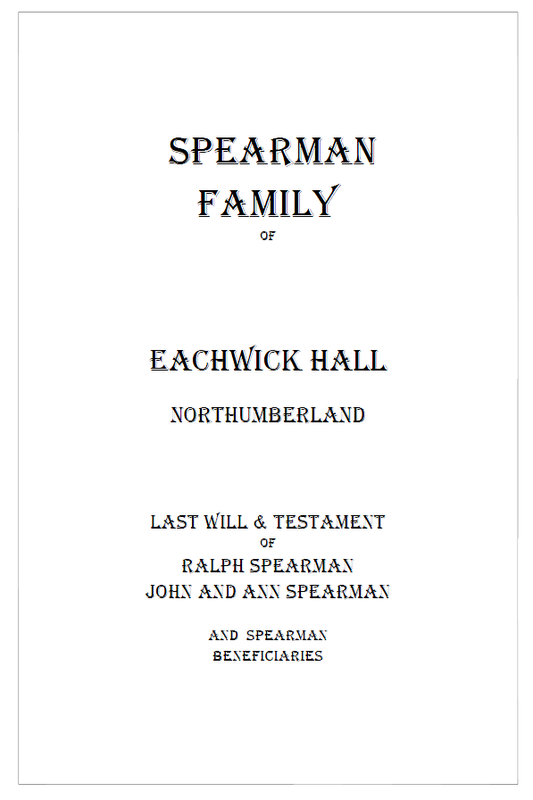
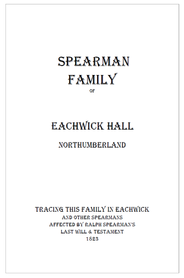
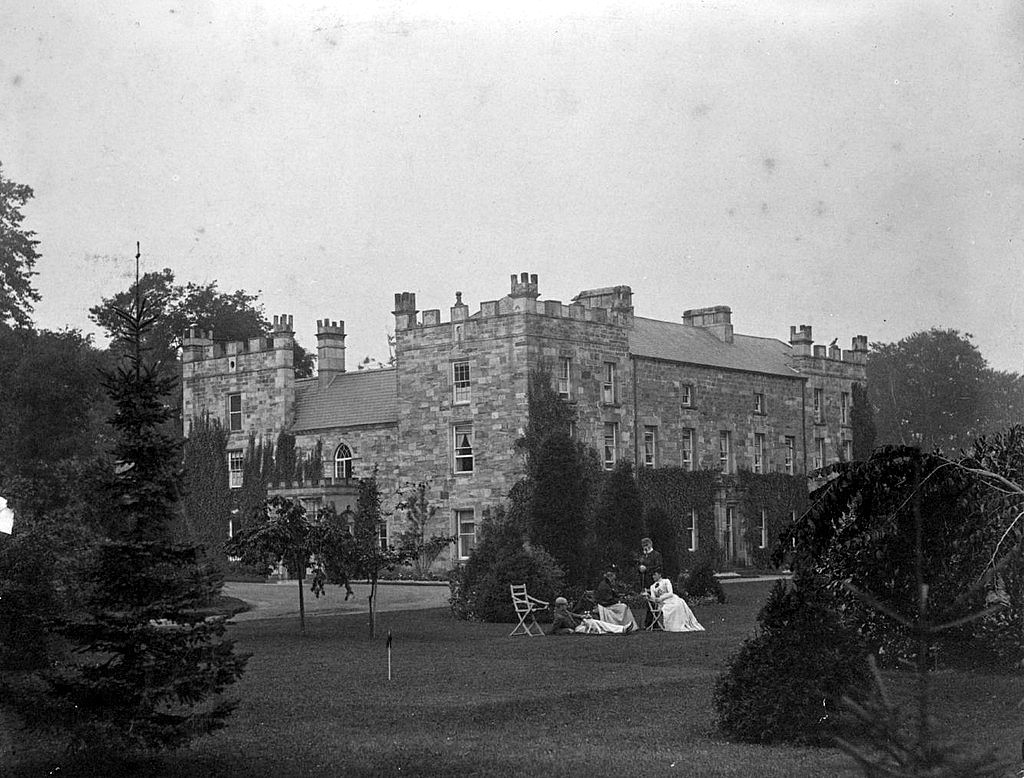
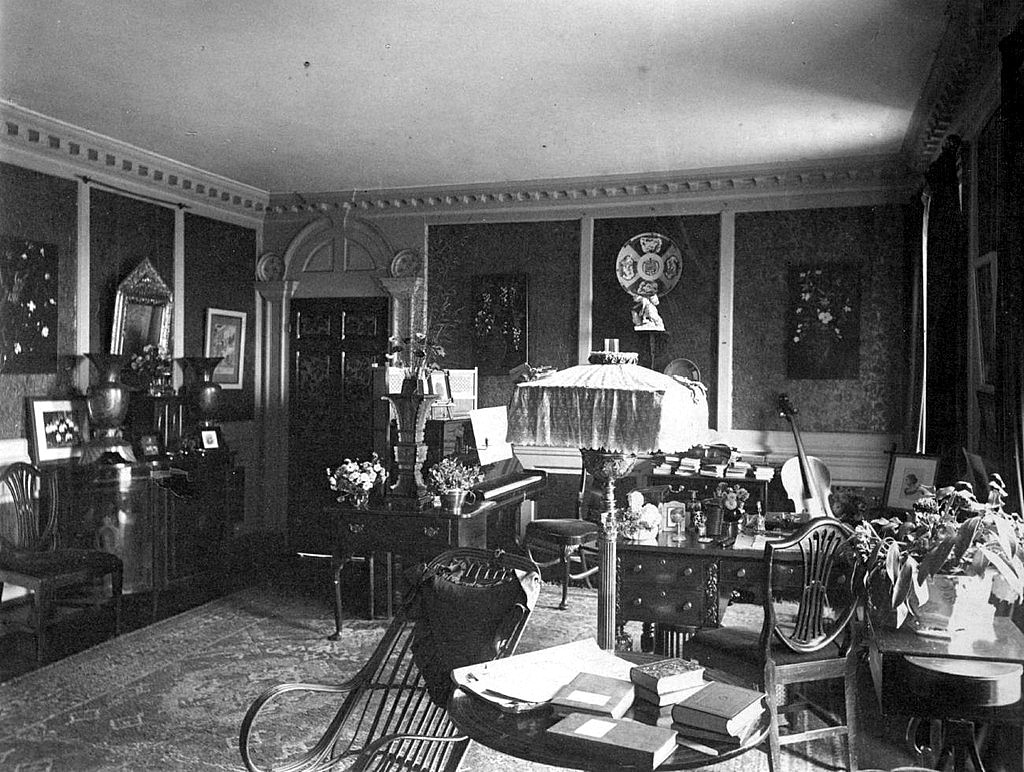
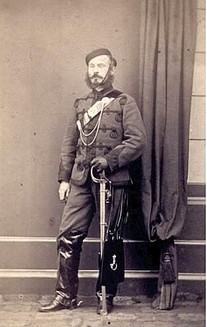
 RSS Feed
RSS Feed
